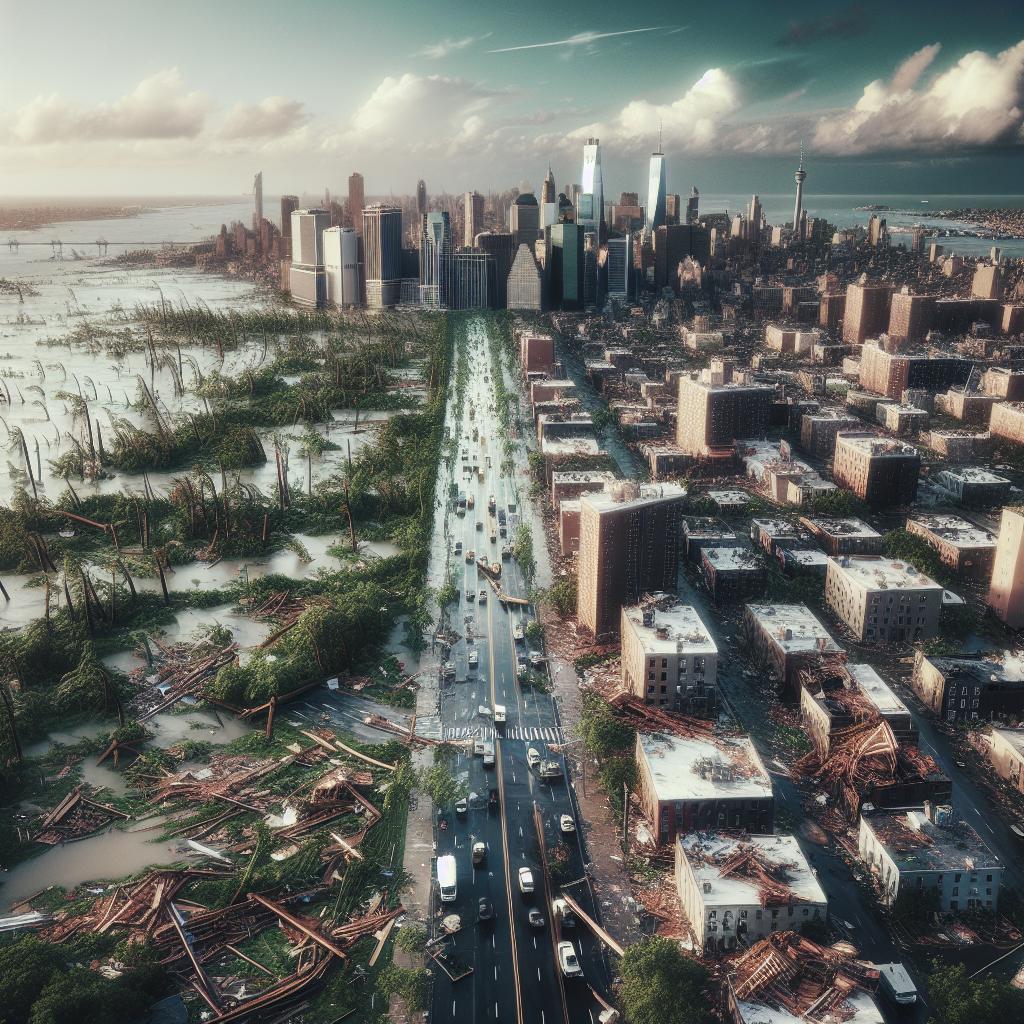

Hurricane aftermath devastation aerial.
In the wake of Hurricane Helene, communities from Florida to North Carolina are grappling with the aftermath of one of the deadliest hurricanes to hit the United States in recent history. The storm made landfall in Florida’s Big Bend region as a Category 4 hurricane, packing maximum sustained winds of 140 mph, and has since left a trail of destruction that is still being assessed.
So far, authorities have reported at least 213 deaths across six states, with North Carolina being the hardest hit, where many lives were tragically lost due to catastrophic flooding. Recent updates indicate that search and rescue efforts are ongoing, and officials warn that the death toll may rise as the situation unfolds. This puts Helene as the third deadliest hurricane in the U.S. since 2000, following Hurricane Maria in 2017 and Hurricane Katrina in 2005. Helene has surpassed the death tolls of both Hurricane Ian and Superstorm Sandy, which struck the country in previous years.
In the mountains of western North Carolina, over 20 to 30 inches of rain fell in the span of less than three days, leading to disastrous flooding. The rainfall occurred in two rounds, both before and after the hurricane made landfall. As a result, many communities faced severe challenges, including power outages and closed roads that complicated rescue and recovery efforts.
Helene’s impact has been extensive, with reports indicating that areas in Florida experienced their worst storm surge ever. Thousands of homes that were uninsured were caught in the path of the storm, intensifying the financial burden on affected families. Overall, estimates indicate that the storm may have caused up to $26 billion in property damage.
The National Oceanic and Atmospheric Administration (NOAA) highlights that hurricanes remain the most lethal weather events, causing unprecedented death and destruction. Examining the records, Hurricane Katrina, which struck in 2005, resulted in more than 1,000 deaths, while Maria, which impacted Puerto Rico severely in 2017, was responsible for over 3,000 deaths. These storms have shown how hurricanes can become deadlier over the decades.
Other past hurricanes that have reshaped communities include Hurricane Camille in 1969, which made landfall in Mississippi, and Hurricane Harvey in 2017, which caused catastrophic flooding in Texas. Helene’s ranking among these hurricanes underlines the persistent dangers posed by these natural disasters.
As search and rescue teams work tirelessly, there remains a growing concern for those unaccounted for. The repairs and rebuilding needed will likely take years, with entire communities requiring extensive aid. With many roads closed, reaching areas in dire need is proving to be a logistical nightmare.
Residents are also urged to stay informed about local resources and assistance programs, as communities come together to support each other during this challenging time. The long road to recovery begins now, but for many, the scars of Helene will be felt for years to come.
News Summary The ONEflight Myrtle Beach Classic is set to attract golf enthusiasts from Thursday…
News Summary The ONEflight Myrtle Beach Classic returns to the Dunes Golf and Beach Club…
News Summary Nathan Franks, a senior All-American golfer from Roebuck, South Carolina, is set to…
News Summary The 2025 ONEflight Myrtle Beach Classic at the Dunes Golf and Beach Club…
News Summary Governor Henry McMaster has declared a state of emergency in South Carolina as…
News Summary Michelin North America Inc. proudly marks its 50th anniversary in South Carolina, highlighting…